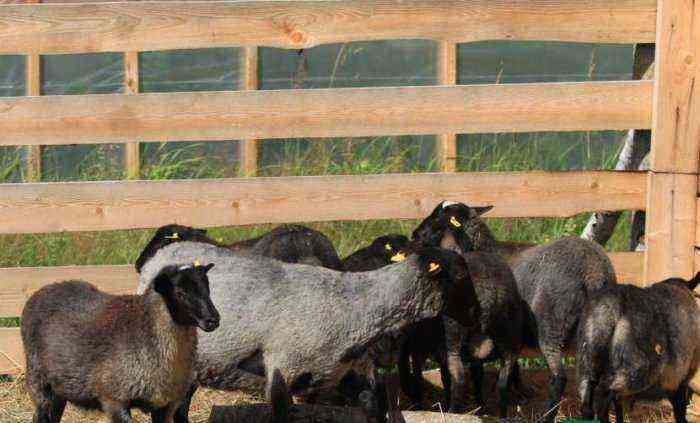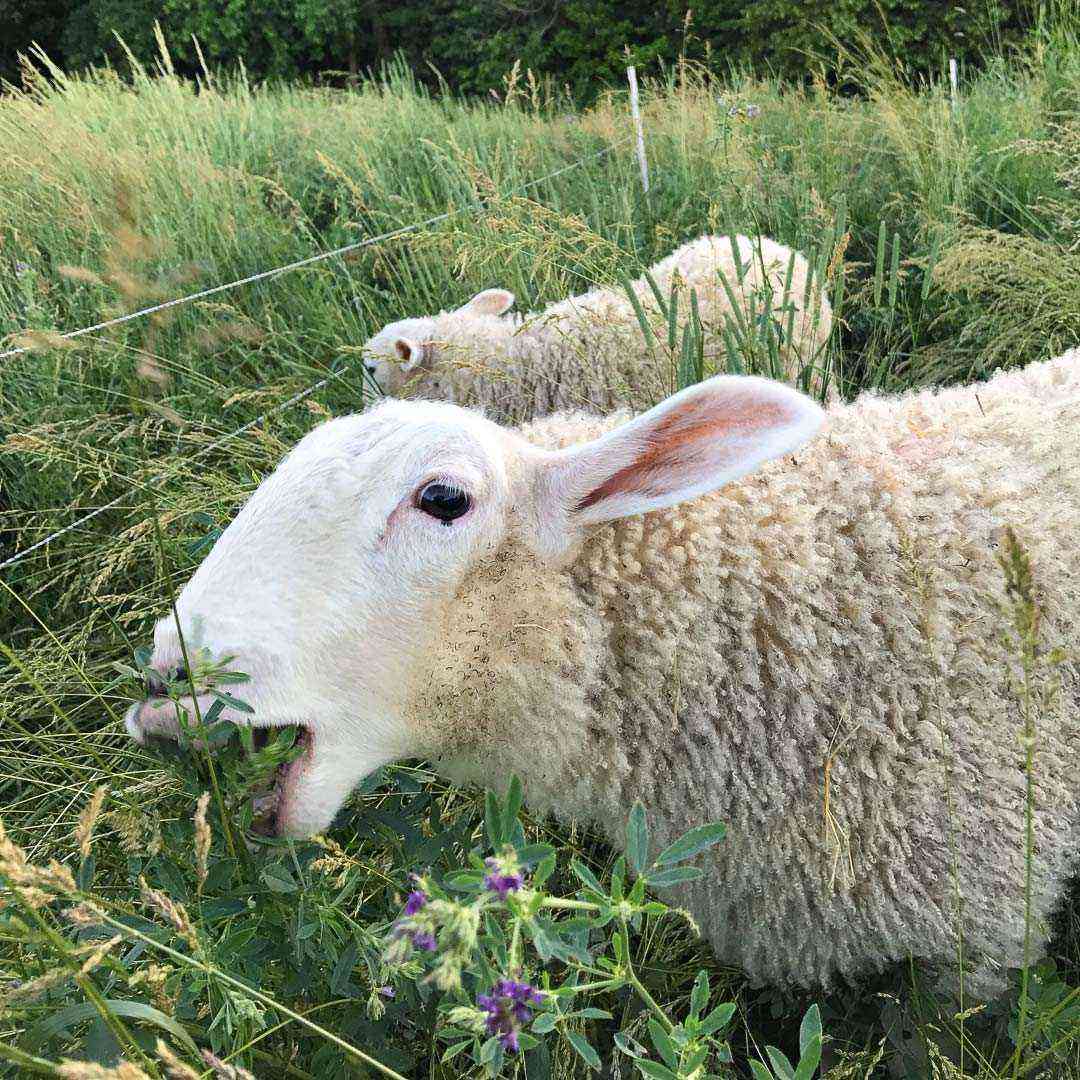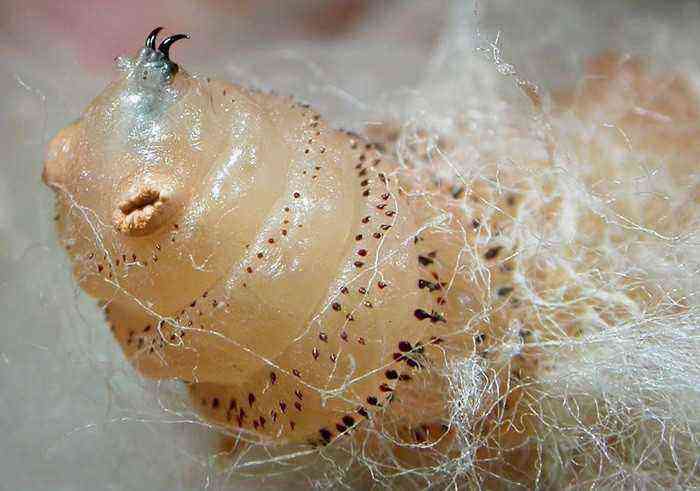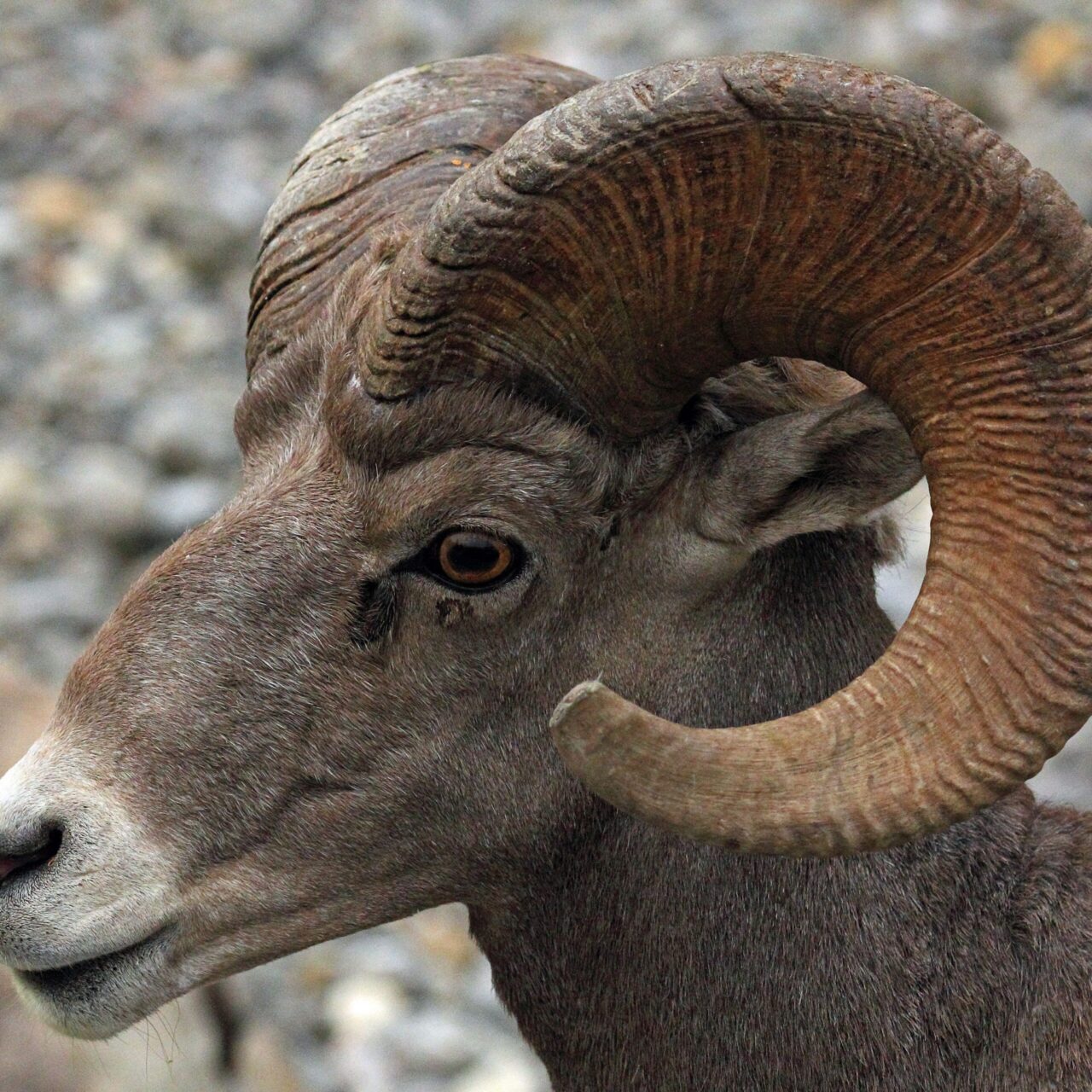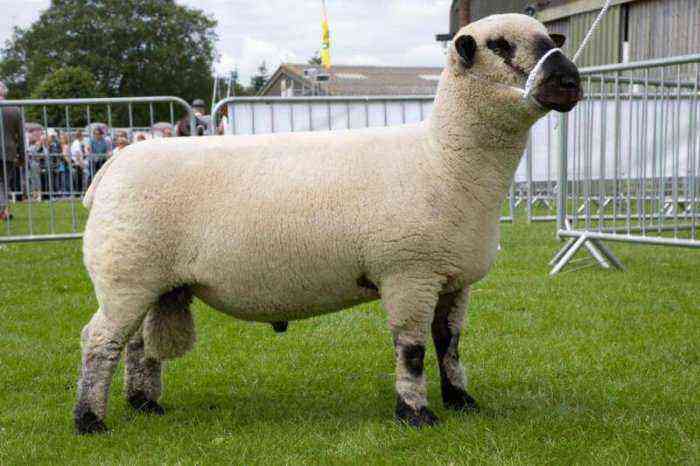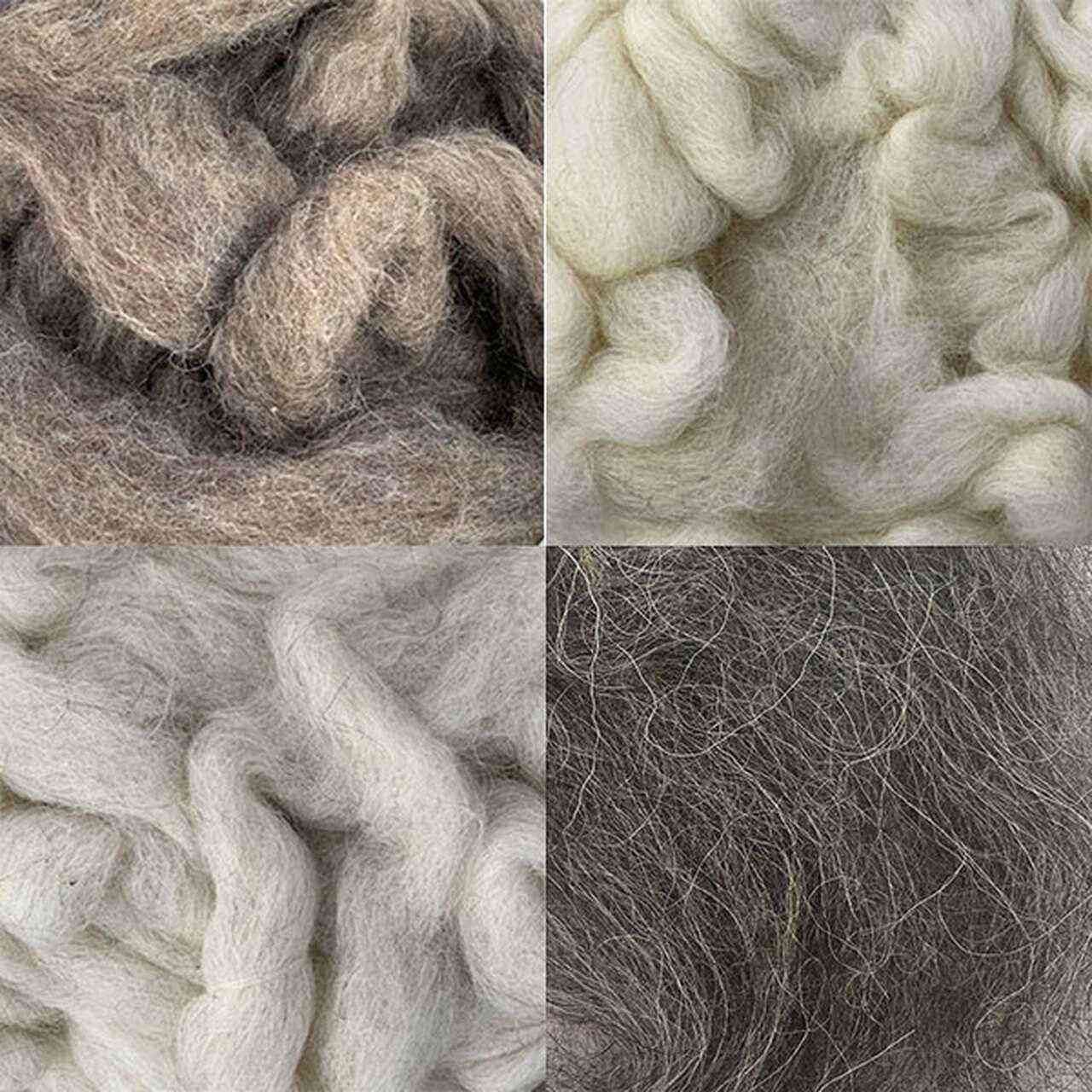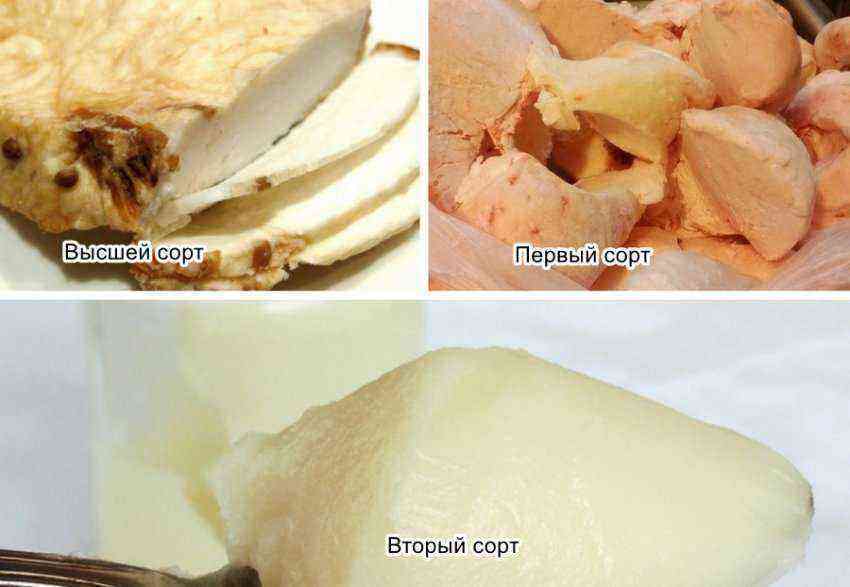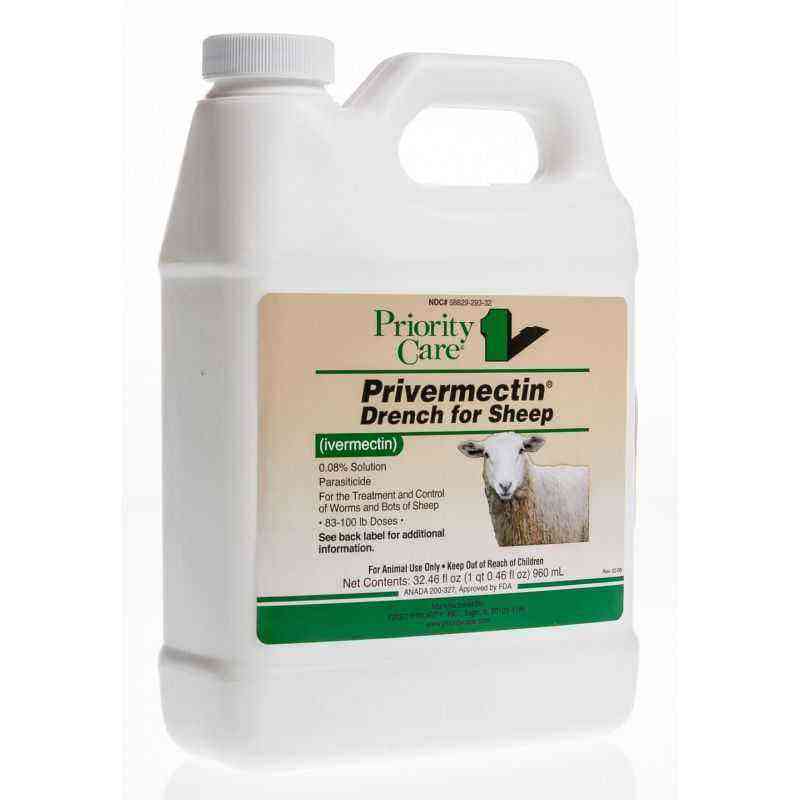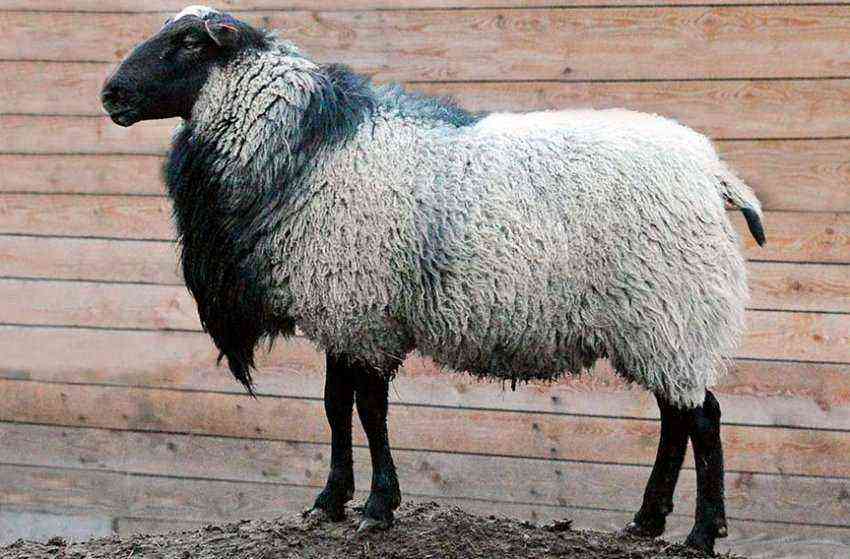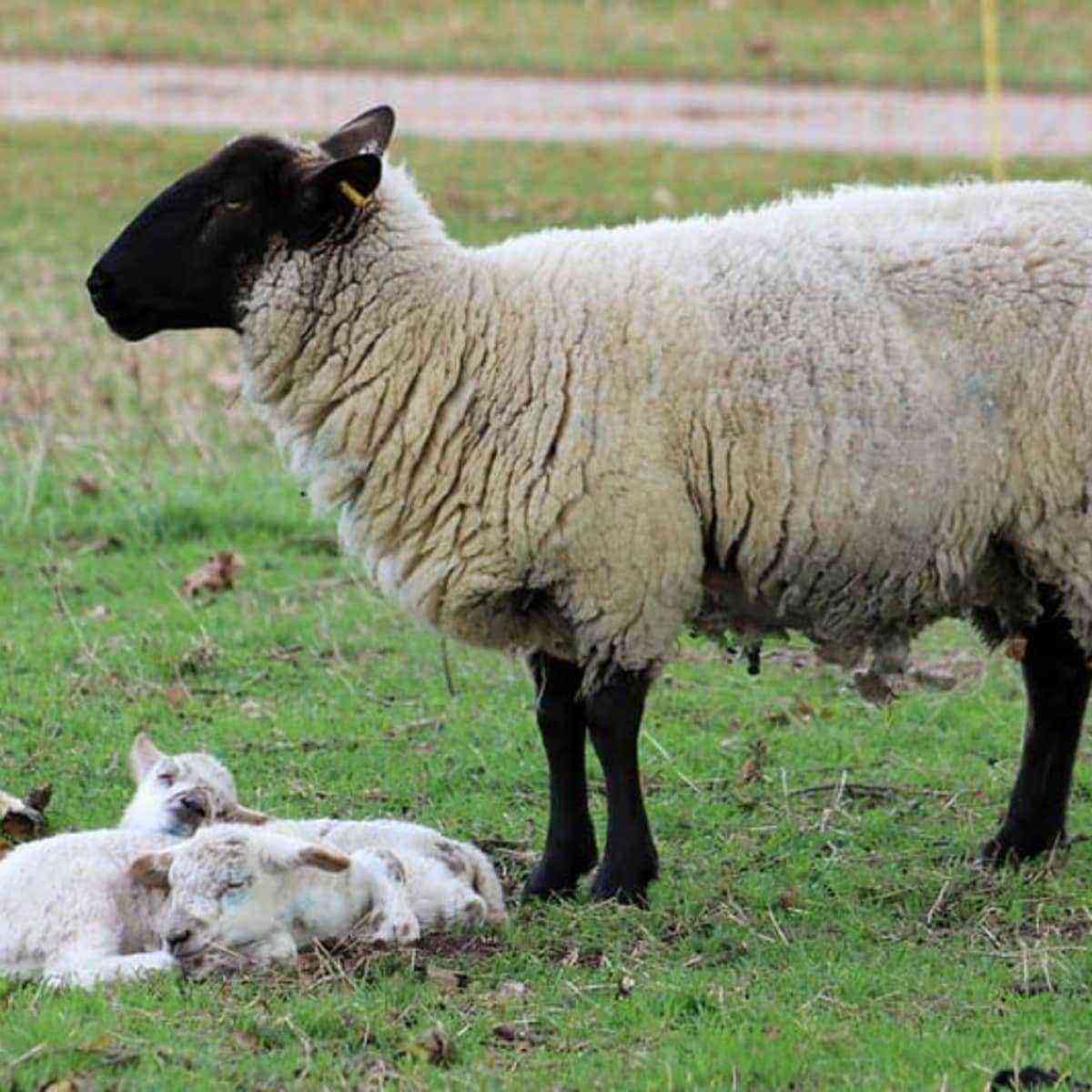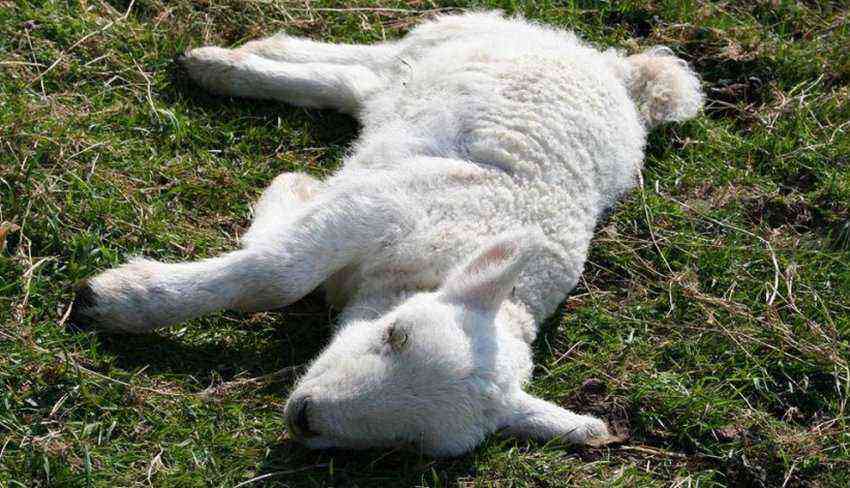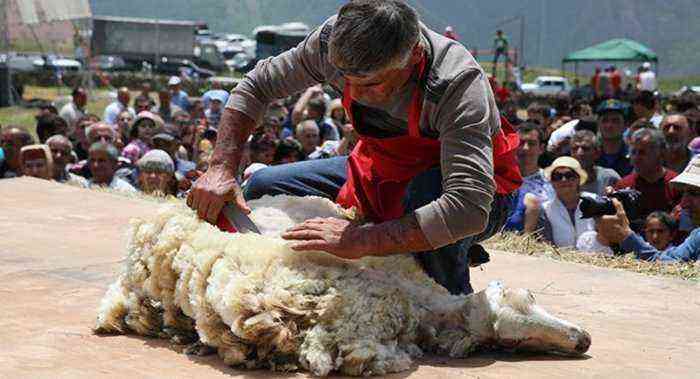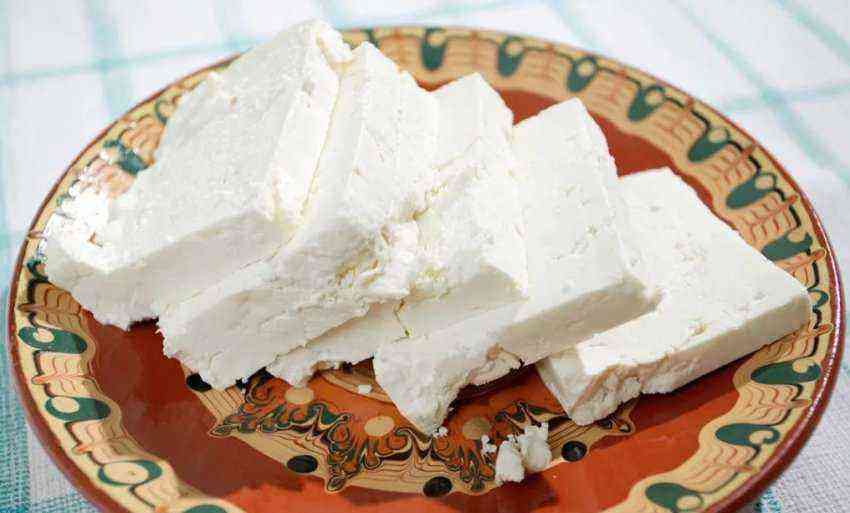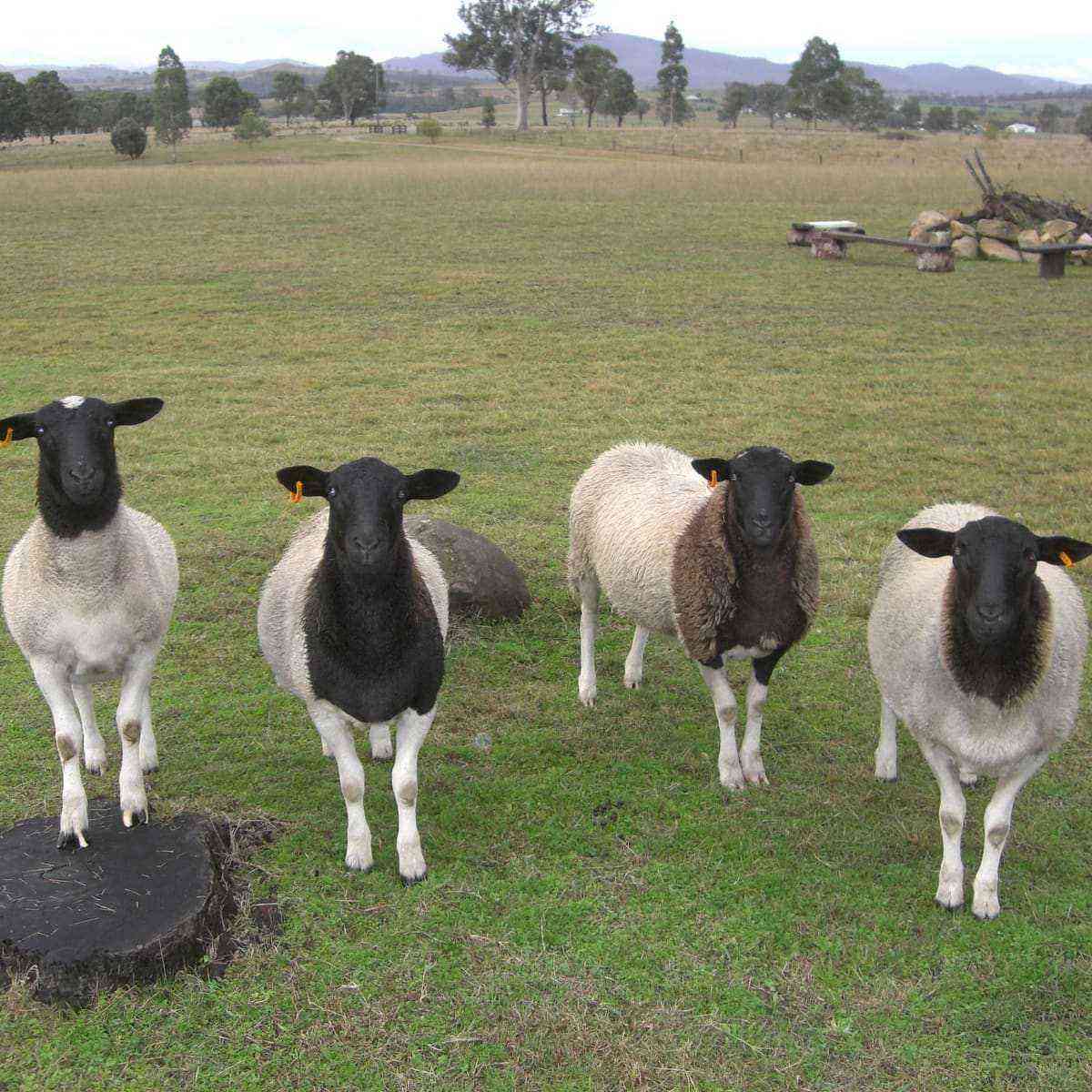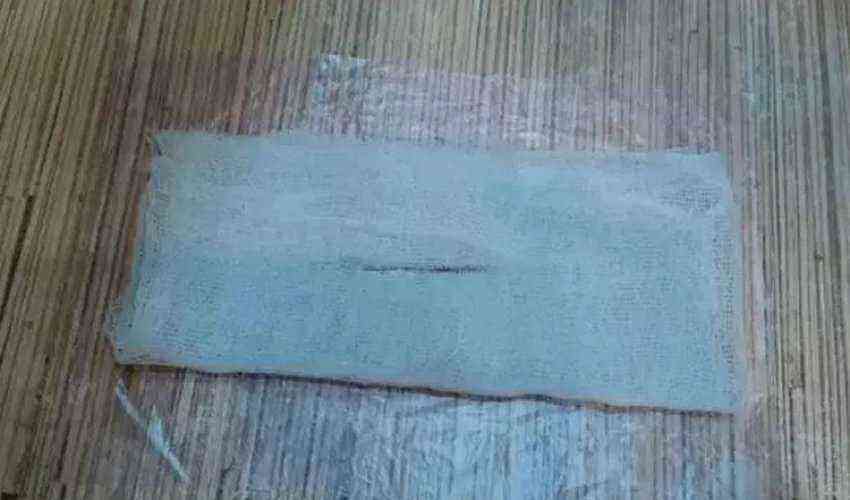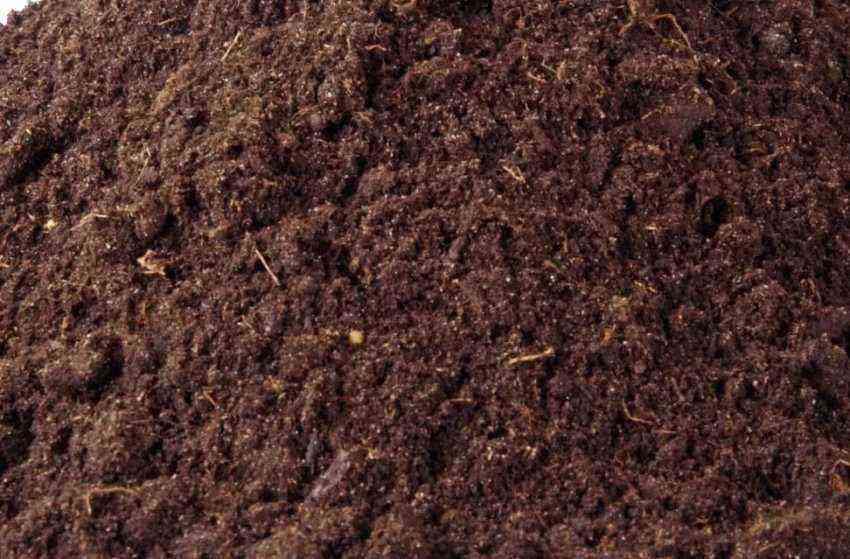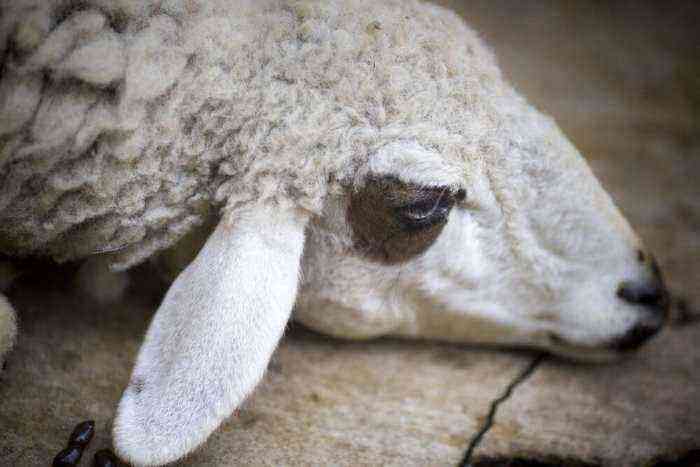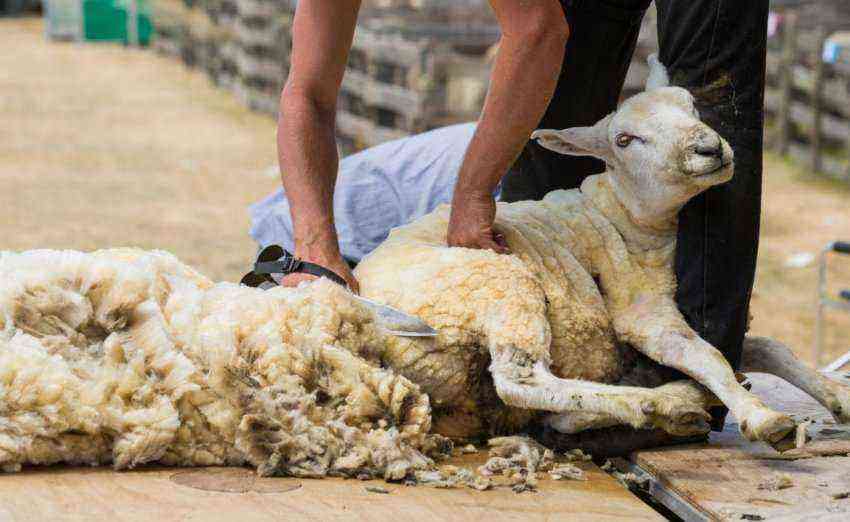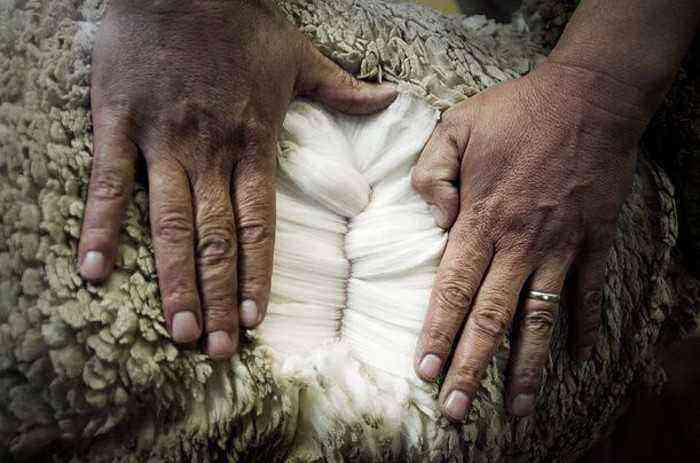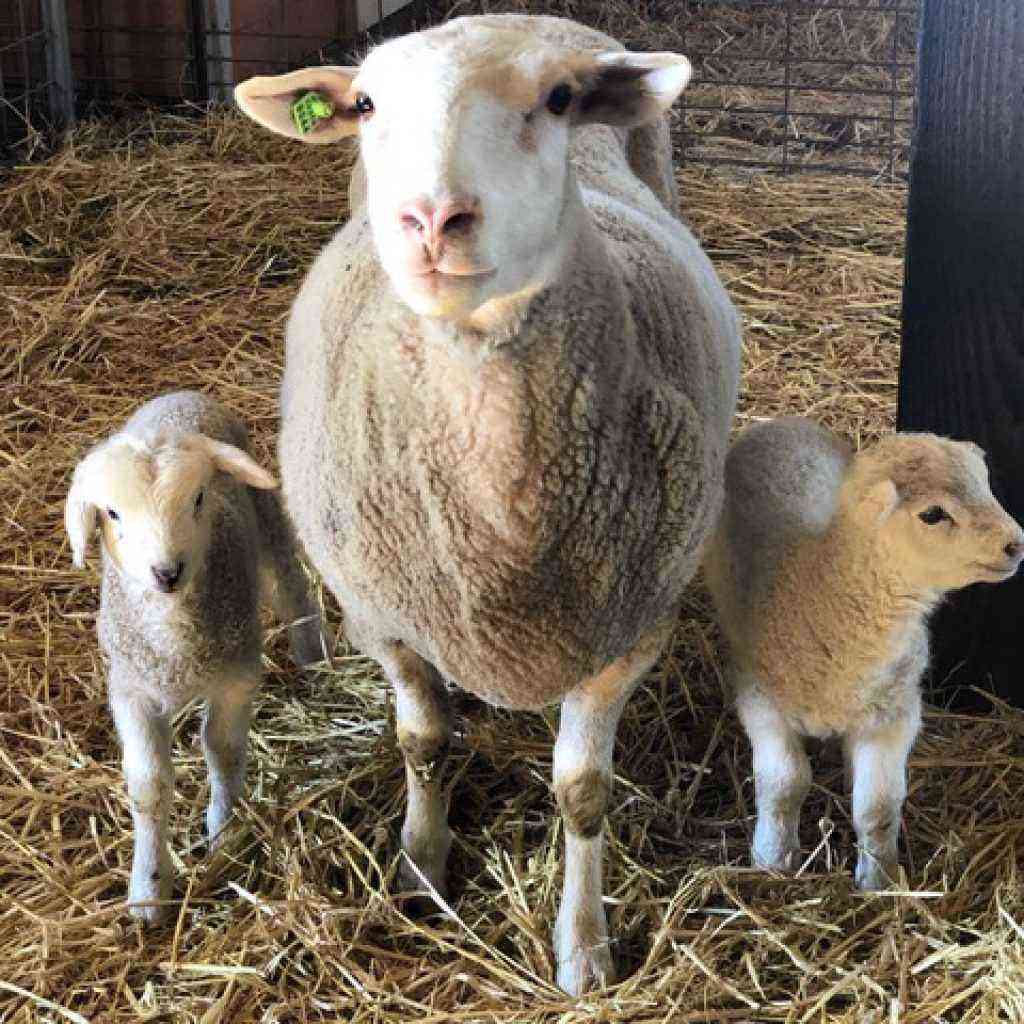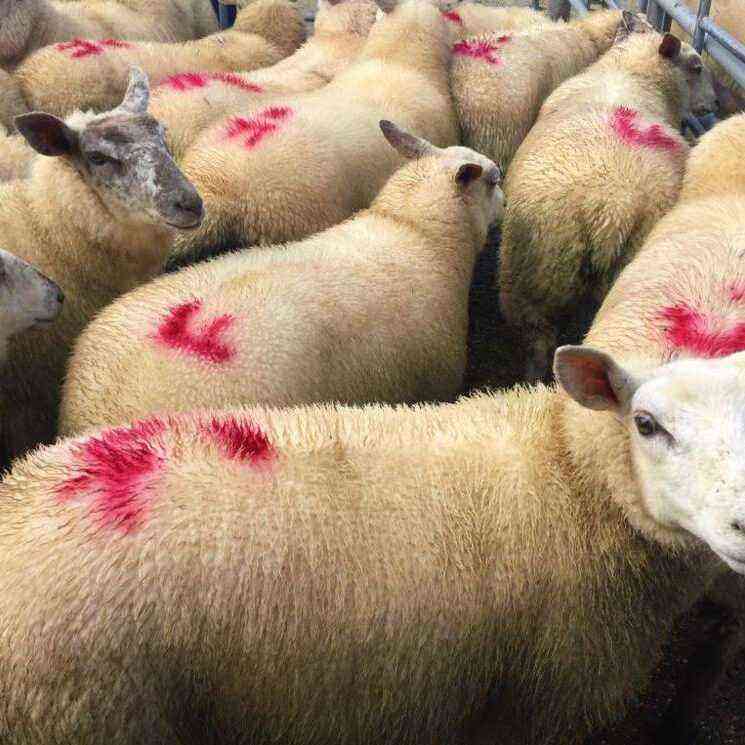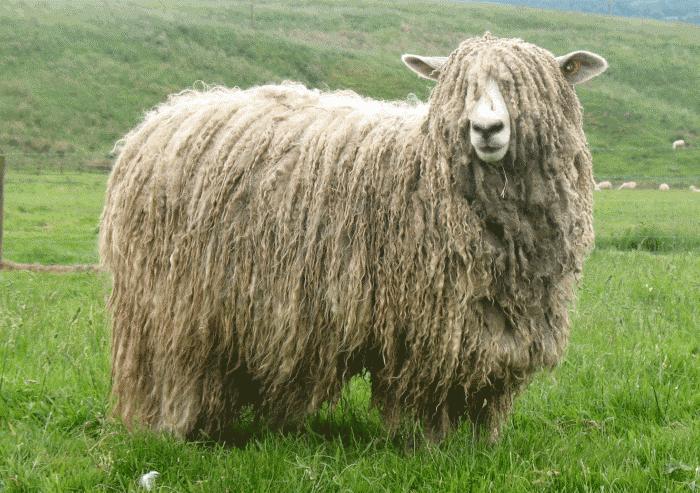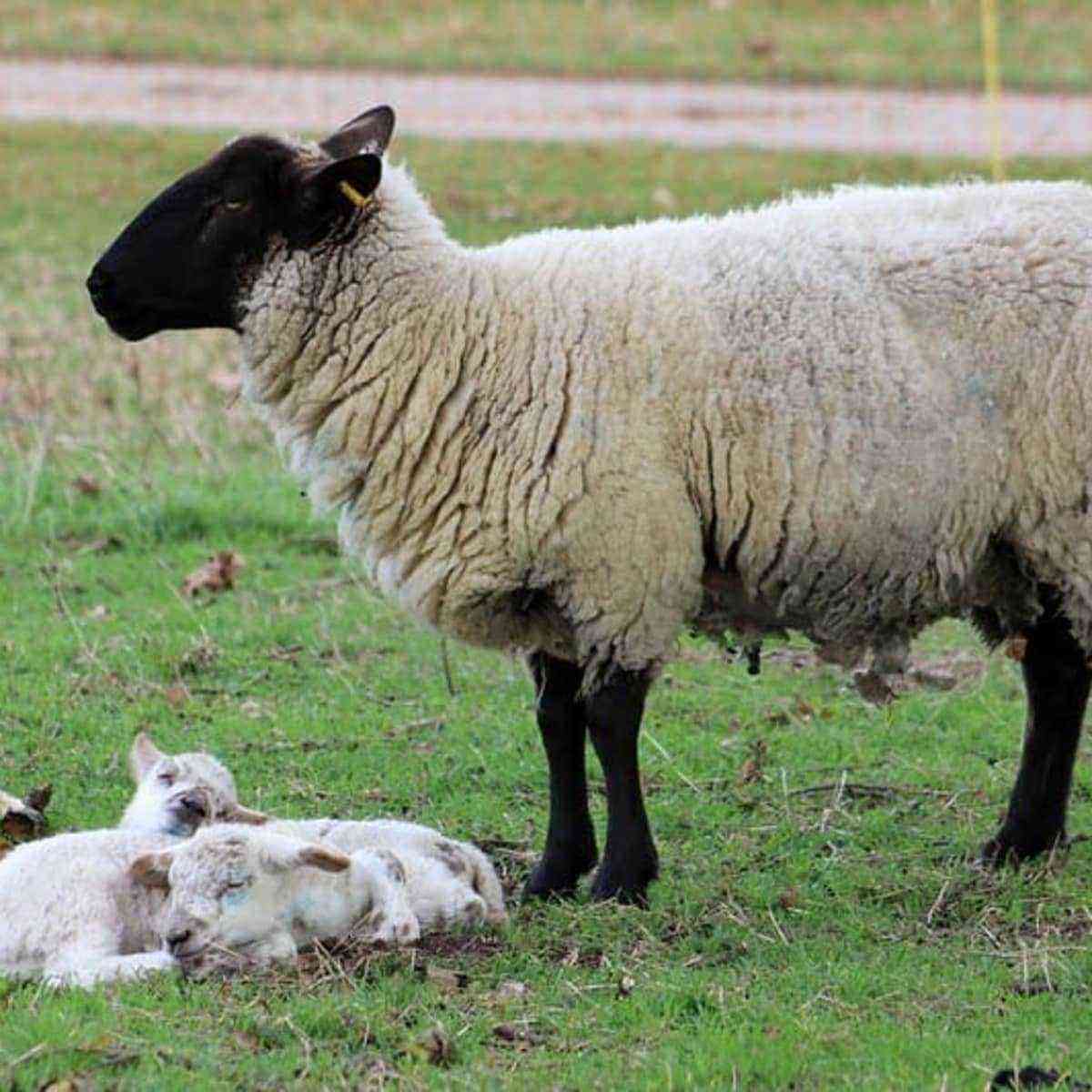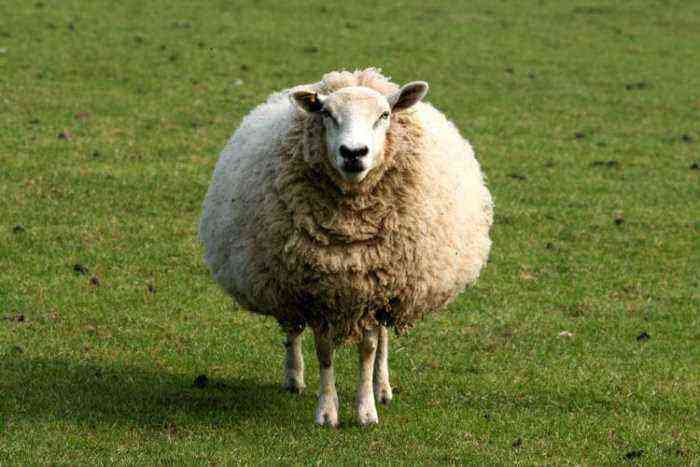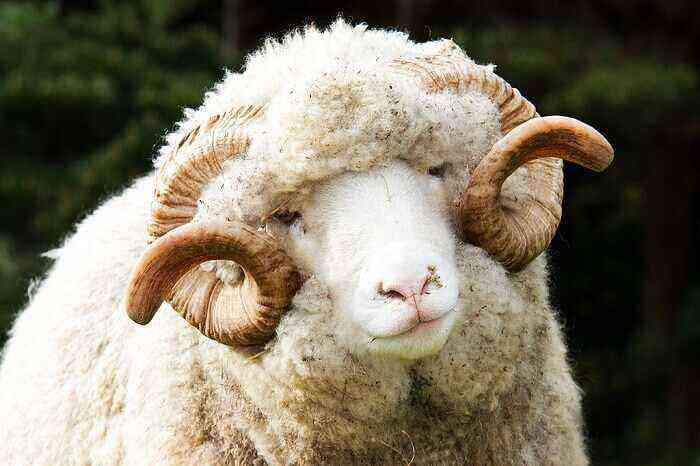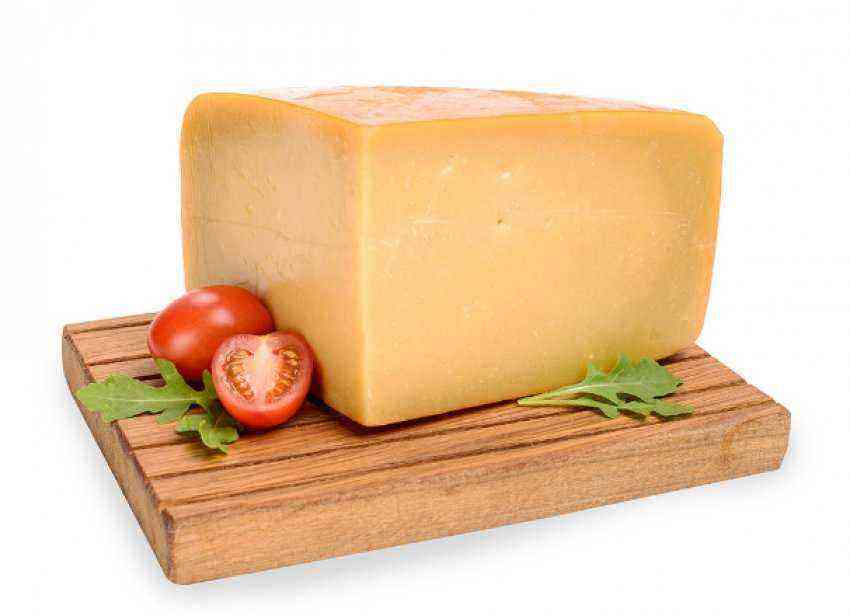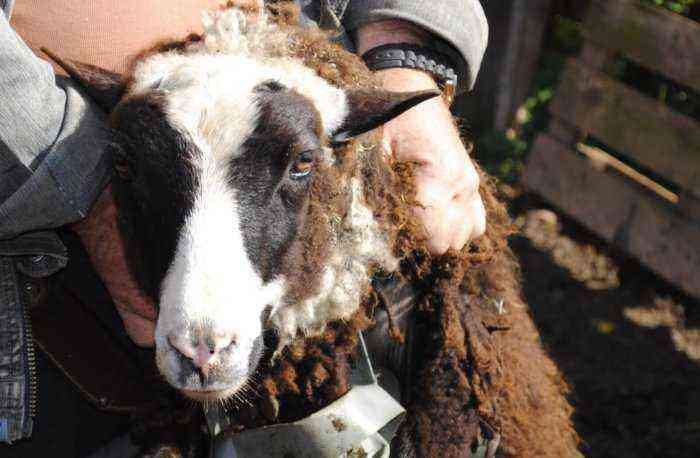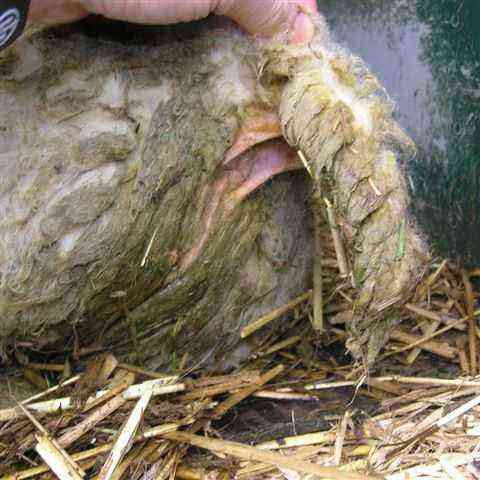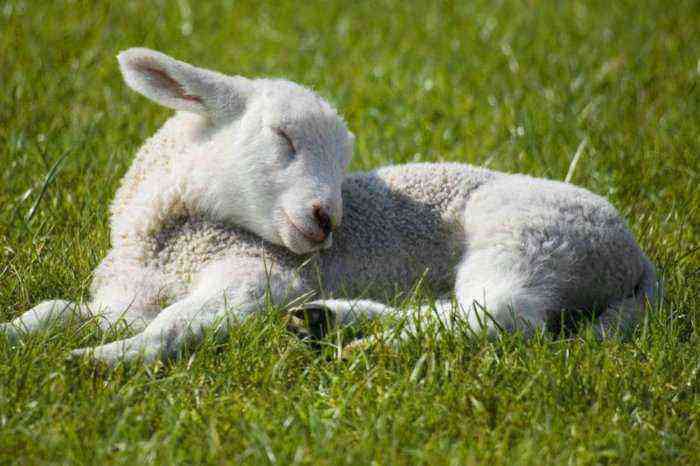Sheep farmers often face a problem – a sheep does not want to feed her lamb. Getting mother’s milk is extremely important for newborns, it helps to strengthen their immunity. Farmers resort to various methods to provide the babies with healthy nutrition from the mother’s udder, but this is not always successful. In this case, it is necessary to feed the lamb without the sheep. How to do this, every breeder should know.
Feeding the lamb
Why doesn’t the sheep feed the lamb?
There are different situations when a sheep cannot or does not want to feed offspring. Let’s see why this happens:
- Lack of maternal instinct. Due to inexperience, some sheep do not immediately wake up maternal feelings after the first lambing. They push the lambs away, do not let them near their udders.
- Numerous offspring. If a sheep has given birth to 2-3 lambs, and not one, she can choose the strongest and strongest and feed him exclusively, while she does not allow others to come near her.
- Problems with the udder. If a sheep has swelling or inflammation of the udder, she experiences pain when feeding. In this case, she will not feed offspring.
- Stress. After lambing, it is better not to stress the animal – you cannot transport sheep, change their place of residence, otherwise the mother may abandon the cubs.
- The sheep died after lambing. This situation sometimes happens due to a difficult birth or illness.
Advice. If for some reason the ewe does not feed her offspring, it is worth trying to plant her lambs with another ewe, who lambed at about the same time.
How to plant lambs with another sheep?
If several sheep have bred at the same time on the farm, there is a chance that the abandoned newborns will be taken in by another mother. In the first 18-24 hours of their lives, newborns must definitely receive a portion of colostrum, otherwise they will be unviable and weak. Ways of replanting other people’s lambs to a lactating sheep are not always effective, but sometimes they help to attach babies. Consider them:
- The wool of the lamb, which was abandoned by the mother, is abundantly smeared with amniotic fluid or the milk of a newly born sheep. Then the baby acquires the smell of a foster mother, which increases the chances of accepting him.
- A foreign lamb is bathed in a saline solution to completely remove the smell of its own mother from its body. Then the foundling is rubbed on the wool of the native lamb, after which the first takes on the smell of the future nurse.
- High-milk sheep, capable of feeding several lambs, are tied, their head is fixed so that they cannot see and smell the smell of other people’s lambs, which are applied to the udder. Toddlers (relatives and strangers) have free access to the nipples and receive milk in the right amount. After a few days, the sheep usually accepts strangers.
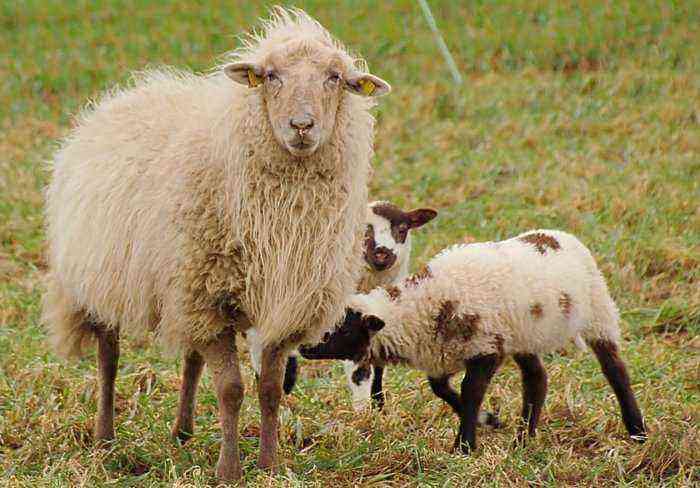
Adding alien lambs to a lactating ewe
It is not always possible to provide newborns with milk using these methods, yet there is a risk that the nurse mother will not be found or she will not recognize strangers. In this case, you will have to feed the lambs yourself.
Basic rules for feeding lambs
Orphaned lambs are completely defenseless, their immune system is very weak. Given this, it is important to provide them with comfortable conditions of detention – place the kids in a dry and warm room with good ventilation.
If the mother or other sheep does not accept the lamb, you will have to bottle feed it. Dishes and utensils must be disinfected – treated with boiling water or steam to kill germs. Any pathogenic microflora can cause harm to newborn individuals. Babies can get sick and die.
Attention! Lambs are fed boiled milk, despite the fact that it contains less vitamins than fresh milk.
A bottle-fed lamb should not overeat. Otherwise, there is a risk of stopping the stomach, and this is dangerous for the newborn. However, he should not starve. It is important to strictly adhere to the rules and norms of feeding babies, their health and life depend on it.
What and how to feed?
On the first day of its life, the lamb must certainly receive a portion of colostrum from the sheep. If this does not happen, the baby’s immune system will be unable to resist viruses and bacteria. It is highly likely that a lamb that has not drunk colostrum will not live to adulthood. Only after drinking colostrum can the baby be transferred to artificial feeding.
Cow or goat milk
If it is not possible to feed an orphaned lamb with sheep’s milk, then cow’s or goat’s milk is used. Its composition is different from sheep, but if there is no choice, you will have to use what is available. Cow or goat milk can be offered to a lamb 5-6 hours after it has received colostrum.
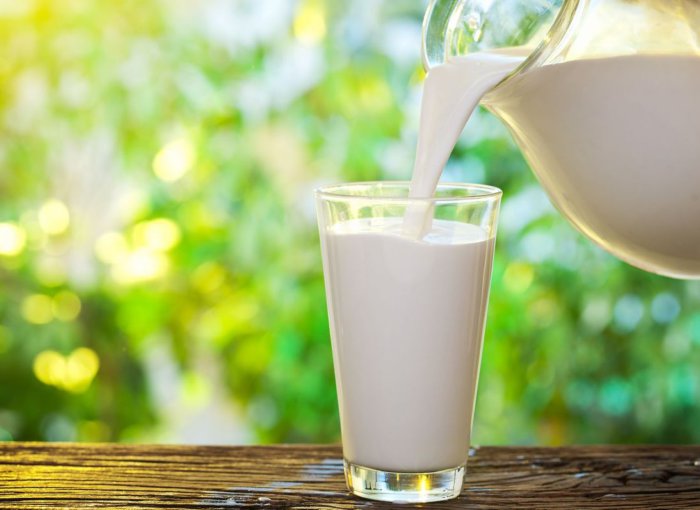
Cow or goat milk
Feeding is done 5-6 times a day. Milk is boiled, then cooled to a temperature of 37-38 degrees, given from a bottle. A container with a rubber nipple designed for babies is suitable. Before each feeding, the dishes should be doused with boiling water. The bottle should not be held too high, so that the baby can drink comfortably.
Sheep milk substitute
If it is possible to buy sheep milk replacer (SHM) for orphaned lambs, this food option is more preferable. Its composition is properly balanced and as close to natural as possible.
ZOM is a powder that is dissolved in water. It is produced in Russia in two versions:
- for lambs under the age of 15 days;
- for animals older than 15 days.
The difference is that the newborn formula contains more fat, while the milk powder for older lambs contains more protein. Among other things, the composition of milk mixtures for lambs includes vitamins and trace elements. ZOM is diluted as written in the instructions – 1 kg of powder is dissolved in 9 liters of warm boiled water.
In the first 14 days
Before two weeks of age, lambs should only be fed milk or a milk substitute. Feeding is carried out 6 times a day at regular intervals. If cow’s milk is used as food, then in the first week of life, a single serving volume is 180-200 ml. Starting from the second week of life, the lambs are transferred to five meals a day, while the serving volume increases to 350-400 ml of milk.
If the lamb is being fed ZOM, the formula manufacturer recommends adhering to the following feeding schedule and dosing:
- from 1 to 5 days of life, feeding is carried out 5-6 times a day, offering 125-150 ml of milk mixture;
- from 6 to 15 days of life, the number of feedings is reduced to 4-5, and the serving volume is increased to 250 ml;
- from 16 to 40 days, babies are fed three times a day, giving them 450-500 ml of milk replacer.

Formula feeding the lamb
Starting from the 10th day after birth, lambs can be offered a small amount of alfalfa hay and compound feed, after steaming it out.
Attention! Introducing new foods into your baby’s diet should be done carefully. It is important to observe the reaction of the animal’s body.
As you grow older
Starting from the 13th day of life, the lamb can be trained to drink milk from a bowl. If the baby does not show interest in the dishes, you should moisten your finger in the milk mixture and let it lick off. Gradually, the animal will understand that milk can be lapped from a bowl.
Before the age of two weeks, babies are not recommended to introduce complementary foods if they are fed on mother’s milk. Formula-fed lambs can be offered new foods as early as 11 days after birth. As nutritional supplements use:
- wet mash from wheat bran and oatmeal (no more than 20-30 grams);
- moistened feed.
Starting from the age of two weeks, it is possible to offer shredded roots to lambs in small portions (up to 50 grams). If the product is digested normally, the volume of root crops is gradually increased. When the lambs are 21 days old, it is worth introducing hay, silage, and ground oats into their diet.

ground oats
A full transition to adult food occurs up to 4 months. During the second month of life, the farmer needs to bring the daily volume of concentrates in the diet of animals to 150 g, while the share of succulent feed per day should be about 300 g. Then the share of concentrated feed is gradually increased to 200-220 g, and succulent – up to 500 g. At the age of 4 months, lambs should receive at least 300 g of concentrates and 800 g of succulent feed.
If the sheep does not feed the lamb, do not give up. There is an option to try to plant the babies with other lactating ewes. If this is not possible, then you will have to feed the babies artificially, using cow’s, goat’s milk or special milk mixtures for lambs. The main condition for the normal development of animals is to receive the first portion of colostrum within a day after birth.
